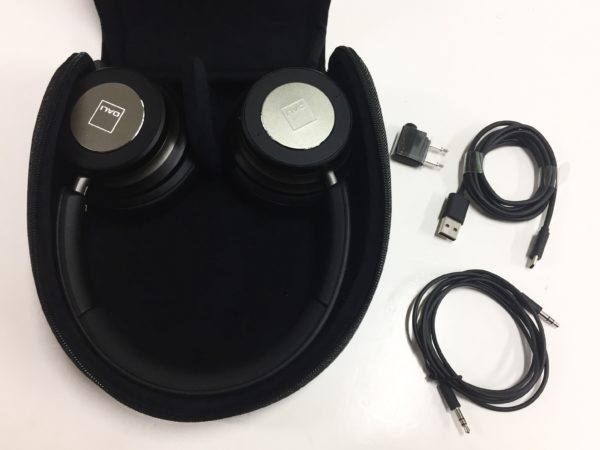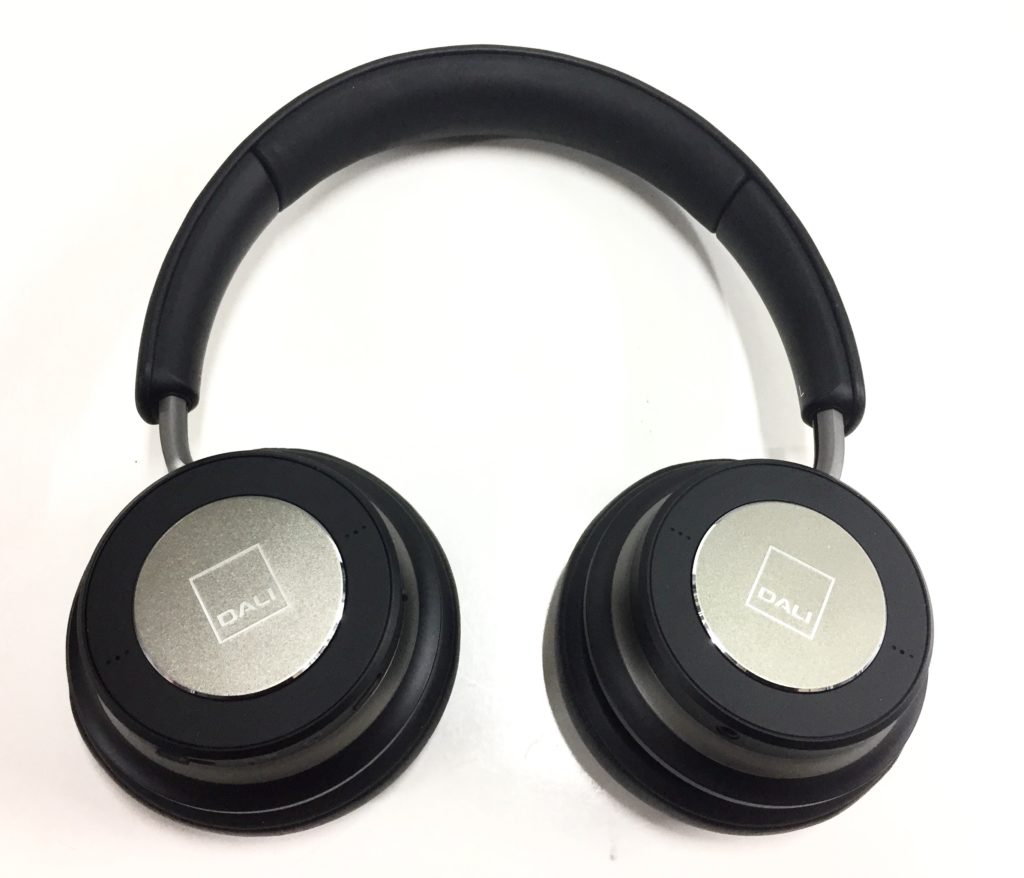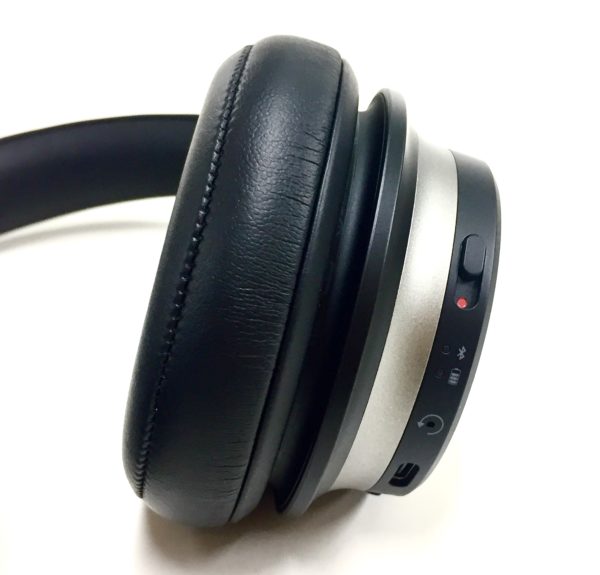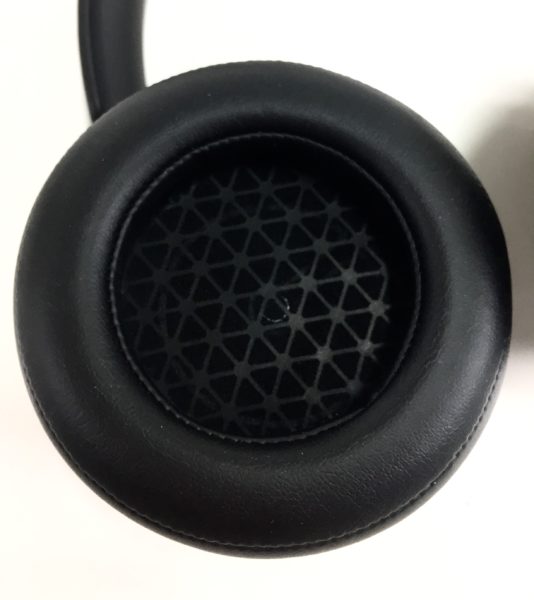It all started yesterday. I was at work, researching Dolby Atmos for some reason, when all of a sudden, a man from Dali Speakers, a relatively well-known speaker manufacturer I’d never heard of, showed up, deposited several boxes containing Dali headphones on the table in front of me, and after some chit-chat with my boss, disappeared just as suddenly. In that moment, I knew that it wasn’t going to be long before I had to review them. And I was right – here I am with a pair of Dali iO-6’s on my head.
And you know what? I like these things. When it comes to headphones from novice headphone manufacturers, there’s an obvious, non-negligible chance that they’re just going to suck extremely hard. And I’ve experienced that. The iO-6, though, is a pleasant surprise. Even at $499, I don’t typically expect much from a closed-back pair of Bluetooth headphones with active noise cancellation (hereinafter referred to as “ANC”). But the Dali iO-6 delivers exceptional sound quality for a product of its type.
IN the BOX
– headphones
– USB-A to USB-C charger cable
– 3.5mm to 3.5mm cable
– flight adaptor
– semi-hard case
– safety instructions
– some kind of Dali sticker

BUILD and FIT
The iO-6 is an interestingly-constructed pair of headphones. In most cases, you have the earcups connected to the headband with a yoke that allows the earcups to pivot both vertically and laterally, ensuring a good fit for most users. In the iO-6, Dali has approached this engineering problem slightly differently: instead of using a yoke, the iO-6’s earcups are fixed vertically. However, in order to maintain maximum comfort, the earpads can swivel vertically apart from the earcup. A nifty trick from Dali, to be sure.
Those earpads are soft, comfortable, and more than large enough to contain my entire ear. The earcups are mostly made out of metal – they’re pretty nice too. The headband, though, let me down just a bit. It’s mostly made of rubber, although the inside of it is almost certainly metal. The issue is that these portable headphones are just too thin, creating a hotspot on my head after some time. Rubber padding barely does anything, Dali! Of course, balancing comfort and portability is often difficult. But these don’t fold or anything, and I’ve used more portable headphones with better comfort than these.
FUNCTIONALITY
The Dali iO-6’s controls are fairly intuitive, and they’re simple enough to use. We had some strange trouble yesterday pairing them with our devices at first, but the trouble was quickly resolved by turning them off and on again – and today, I had no such trouble.
The ANC isn’t super powerful. It wasn’t quite enough to completely drown out my office’s noisy heating system, attenuating the low frequencies but leaving the high. People who want absolutely perfect noise cancellation might want to stick with Bose (though these do sound a LOT better). The ANC also creates a very, very quiet hiss – but it’s never going to be enough to intrude on your music, no matter how quietly you’re listening. My coworker made a good point, though: not everyone wants the outside world completely isolated. This is going to be enough to draw your attention away from annoying droney sounds while still letting some important sound cues through.
The iO-6 also has a button to control playback. Press it once, and it’ll pause your music; twice to skip a track; and thrice to go back one track. The problem, for me, is that this button is located right smack dab in the middle of the earcup, meaning I’ll often press it by accident when adjusting the headphones’ position on my head.
Another thing I should mention: Dali claims an impressive 30-hour battery life for the iO-6, and given the rate at which the battery ticked down as I was writing this review, I believe them. That’s very impressive, and it’s a strong selling point for this headphone.
SOUND
Aside from the Bluetooth and ANC functionality, the iO-6 includes one final surprise for the observant: Dali’s own 50mm paper fiber dynamic driver. It’s been some 40-something years since paper drivers were commonly found in headphones. On the other hand, they’re still commonly used in speakers, so I suppose it’s not unsurprising that the company to bring back paper to headphone tech would be a speaker manufacturer.
Given how these sound, it’s surprising that more people aren’t using paper drivers. Basically, the iO-6 sounds good – great, even! – for a pair of ANC Bluetooth headphones. They have a very neutral sound with tight, driving, well-extended bass, natural-sounding mids, and delicate treble. I’d even say these headphones approach the neutrality of “known neutral” audiophile-grade headphones like the Sennheiser HD600. There’s some roll-off at both ends, but that’s more or less par for the course.
It’s, of course, also worth mentioning that all the following impressions are of the iO-6 with ANC enabled. When ANC is turned off, the sound changes drastically, becoming kind of thin and flabby.
BASS
The iO-6’s driver is certainly capable enough to handle the bass frequencies – we get tight, well-controlled bass with no bloom and pretty low distortion (unlike certain other products in this class – looking at you, Bose!). That said, there is noticeable rolloff, detectable in a sine sweep, especially below 50Hz. It’s not the kind of nosedive off a cliff you’ll see with some open-back dynamic headphones, but it is there, and it’ll prevent subbass from hitting REALLY hard at times. Midbass, on the other hand, is “just the right amount” to add a bit of warmth without sacrifying detail.
Of course, the slight lack of bass fits right into Dali’s characterization of this as a pair of “audiophile” headphones. It’s not exactly wrong to characterize audiophiles as a somewhat bassphobic lot, especially when there’s the potential that bass will obscure or hide detail. So let’s just say that there’s enough bass here for me (an audiophile), but bassheads will be left wanting.
MIDS
For me, the mids are the most important part of any headphone’s sound signature. Luckily, with the iO-6, Dali has nailed it. This is almost certainly one of the most, if not the most, neutrally-tuned pair of ANC headphones on the market right now. There’s no shout, no mud – it’s just maybe ever-so-slightly thin, if that. Overall, it’s a very realistic-sounding pair of headphones.
Frequency-response-wise, it has the typical gradual rise through 4kHz, with just one little blip – a very very slight suckout at 3kHz, one that I certainly don’t hear as problematic. Perhaps that dip is just there to control the level of shoutiness, and if so, it certainly works: these never become grating or unpleasant in the slightest.
TREBLE
The iO-6’s treble is slightly laid-back, but well-tuned and unobtrusive. But, simply put, it’s not quite as impressive as the mids. It does give you a sense of detail. What it doesn’t give you is really fine-point accuracy – for example cymbals are ever-so-slightly blurred or fuzzy.
Without a much more technically capable point of reference, you probably won’t notice these things. But, as a professional reviewer, I’m a bit pickier than the average headphone buyer. Let’s just say that I’m accustomed to a certain level of detail, and that the iO-6 just fell ever so slightly short of that mark.
SOUNDSTAGE
If there’s one weak point of the iO-6, it’s soundstage. Unfortunately, while I can detect some sense of space, it’s not really coherent like a soundstage should be. I can’t pinpoint the locations of things. This isn’t the biggest deal, especially when you consider how good the sound is otherwise, but for those looking for a pair of headphones with a vast soundstage, the iO-6 won’t bring that to the table.
PROS and CONS
Pros: neutral tuning, high sound quality overall
Cons: roll-off in bass and treble, compressed soundstage
IN CONCLUSION
If Bose’s ANC headphones just won’t do – and for many audiophiles, they just won’t – the Dali iO-6 is worth a look. At $499, I wasn’t expecting them to be worth the price – but frankly, as a pair of ANC Bluetooth headphones, I’d be satisfied with these for $499.



